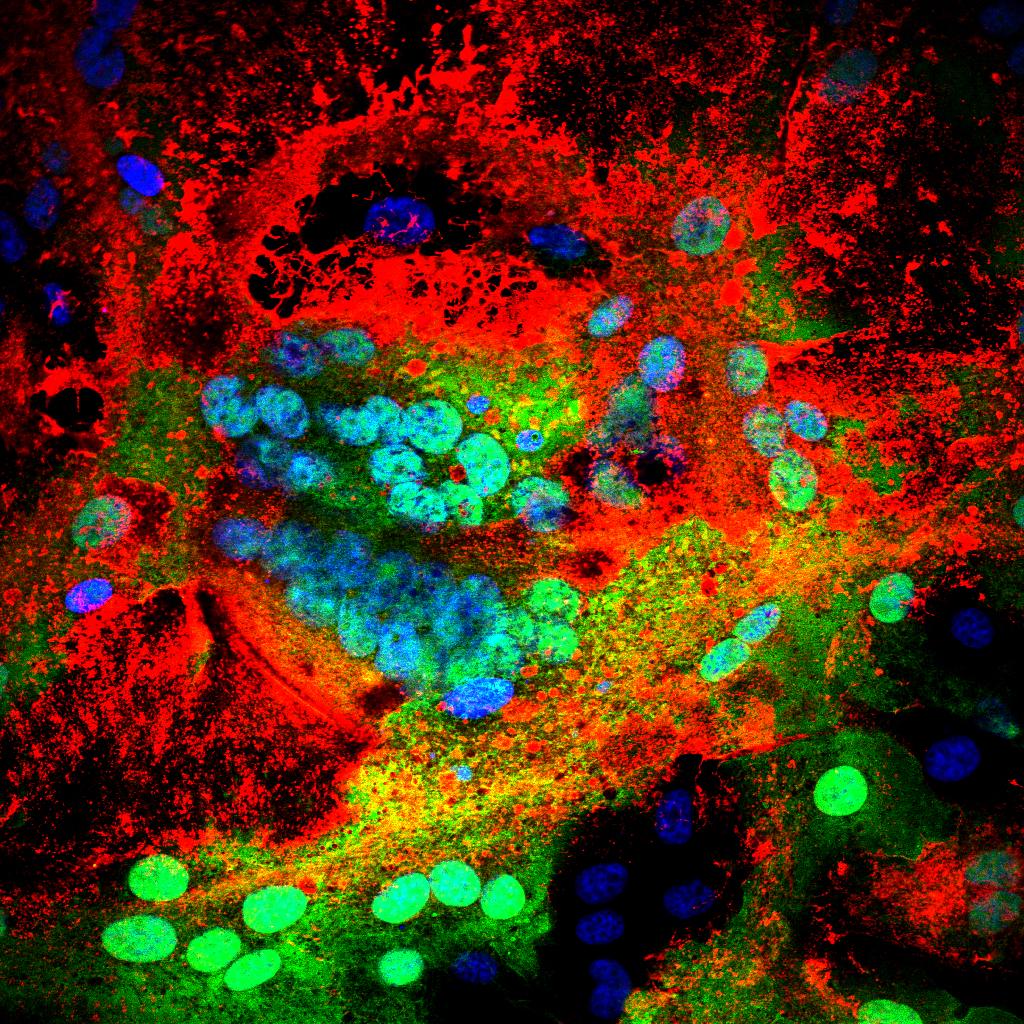Peste des petits ruminants virus, Eastern Asia (letter).
Peste des petits ruminants virus (PPRV) is reported globally with increasing frequency. Recently, PPRV has been detected in areas where it is considered endemic and in neighboring areas where it previously has not been reported. The reporting of first cases in regions where PPRV has been considered endemic is of little surprise and perhaps represents increased interest both in agricultural practices and diagnostic capacity (13). Increased development of the small ruminant health sector, expanding small ruminant populations, increased trade movement, and rinderpest eradication might all have affected PPRV detection (4). The latter theory is of great interest because rinderpest eradication may have affected the epidemiology of PPRV through complete removal cross-protective rinderpest infection of small ruminants and cessation of small ruminant vaccination with the rinderpest vaccine to prevent PPRV infection. Indeed, the potential effect of rinderpest eradication on PPRV epidemiology should not be understated because it might have profoundly affected PPRV emergence by enabling free transmission and spread of the virus, perhaps overcoming the genetic and geographic bottlenecks created by rinderpest circulation and/or the use of rinderpest vaccines. In addition, rinderpest eradication has highlighted the possibility that PPRV could be eradicated by using comparable systems and tools. Once the current situation has been resolved, full genetic analysis of the viruses causing the outbreaks should be conducted because it might indicate the direction of spread. A further area of interest is the application and choice of control measures. Although predicting the spread of a viral pathogen is impossible, especially across the vast distances involved in the current reports, the experiences in China might influence future responses to incursions of PPRV into areas where PPRV previously has not been documented. The current lack of disease in areas where vaccination was reported in 2010 could explain the continued absence of disease from such areas while other regions are significantly affected (10). Effective vaccines against PPRV have been available for decades and will now, as both reactive and preventive tools, aid in controlling and preventing onward transmission of this viral pathogen. Once the situation in China is under control, where this emerging infection of small ruminants will appear next remains to be seen.
Back to publications
